Top 10 Cryptocurrencies To Buy In 2021 - Pros and Cons of each Investment
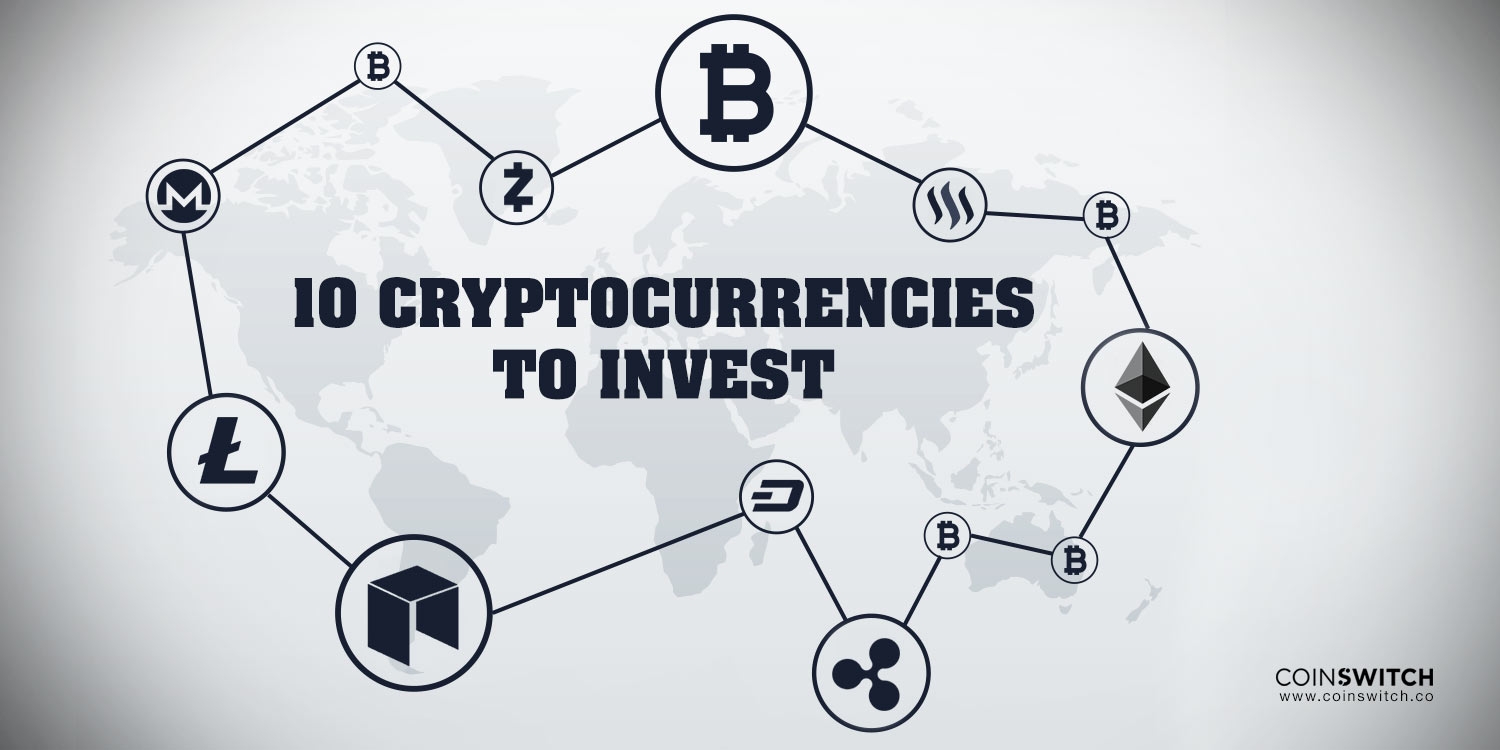 |
| Top-10-Crytocurrencies-to-Buy-In-2021 Photo: Coinswitch.com |
It has been over a decade since the mysterious Satoshi Nakamoto created Bitcoin, the first and by far most popular form of cryptocurrency in the world. Despite its fame, Bitcoin isn't the final word on cryptocurrency – imitators, innovators and spinoffs have emerged in huge numbers, and there are more than 7,000 cryptocurrencies on the market today.
With such a broad range of cryptocurrencies to choose from, how do investors know which is the best cryptocurrency to invest in? From the most popular cryptocurrencies making headlines around the globe to lesser-known digital currencies you may never have heard of, here are 10 of the best cryptocurrencies to buy in 2021, Money.usnews noted.
1. Bitcoin (BTC)
 |
| Photo: Financialtimes.com |
In August 2008, the domain name bitcoin.org was registered. On October 31st 2008, a paper was published called “Bitcoin: A Peer-to-Peer Electronic Cash System”. This was authored by Satoshi Nakamoto, the inventor of Bitcoin. To date, no one knows who this person, or people, are.
The paper outlined a method of using a peer-to-peer network for electronic transactions without “relying on trust”. On January 3rd 2009, the Bitcoin network came into existence. Nakamoto mined block number “0” (or the “genesis block”), which had a reward of 50 Bitcoins.
Bitcoin Pros
- One of the reasons why BTC is among the top 10 cryptocurrencies is that the oldest one, it has the biggest community of developers and investors backing it for further growth.
- It is easy to purchase Bitcoin, even for beginners, as it is supported by all the top exchanges and wallets.
- Bitcoin is being adopted in the mainstream economy. Bloomberg, Microsoft, Overstock.com, Expedia.com and many others have started accepting payments in BTC.
Bitcoin Cons
- With a very slow transaction speed, Bitcoin is facing huge challenges in scaling up. A Bitcoin transaction takes about 10 minutes, and its network can process only about 7 transactions per second.
- Mining, which is an important activity for any cryptocurrency, has become highly energy-intensive in the case of Bitcoin. Bitcoin mining is now possible only with expensive, super powerful hardware that uses lots of electricity.
- Transaction fees for sending Bitcoin are also at an all-time high, making it less feasible.
2. Ethereum (Ether)
 |
| Photo: Coingape.com |
Ethereum was launched by Vitalik Buterin on July 30th 2015. He was a researcher and programmer working on Bitcoin Magazine, and he initially wrote a white paper in 2013 describing Ethereum. Buterin had proposed that Bitcoin needed a scripting language. He decided to develop a new platform with a more general scripting language when he couldn’t get buy-in to his proposal.
The development was funded by an online crowdsale between July and August 2014. The system went live with 11.9 million coins already mined for the crowd sale (about 13% of the total supply in circulation). Following the collapse of The DAO project in 2016, Ethereum was split into two blockchains. The new version became Ethereum and the original blockchain continues as Ethereum Classic, Coinrivet noted.
Pros of Ethereum
- It is the most popular platform for building smart contracts, something which is considered the next big thing in the cryptocurrency universe.
- Ethereum provides a great platform for launching the Initial Coin Offerings (ICOs) for other blockchain projects. The majority of the $5.6 billion worth of ICOs in 2017 was launched on Ethereum.
- Ethereum has a transaction speed of a few seconds against the 10 minutes or more of Bitcoin.
Cons of Ethereum
- Like Bitcoin, Ethereum is also facing serious issues regarding scalability. It still uses an obsolete mechanism (Proof-of-Work) to verify the transactions which are leading to network congestion. This is the same mechanism that Bitcoin uses, so just like Bitcoin, Ethereum demands a lot of electricity. It is important to note, though, that Ethereum is actively working toward a solution for this.
- Ethereum only supports one coding language — Solidity. Since developers need to learn a new language, it acts as an entry barrier for them.
- Ethereum is facing stiff competition in the market from coins like NEO and Cardano which are offering similar platforms but with improved technology.
3. Ripple (XRP)
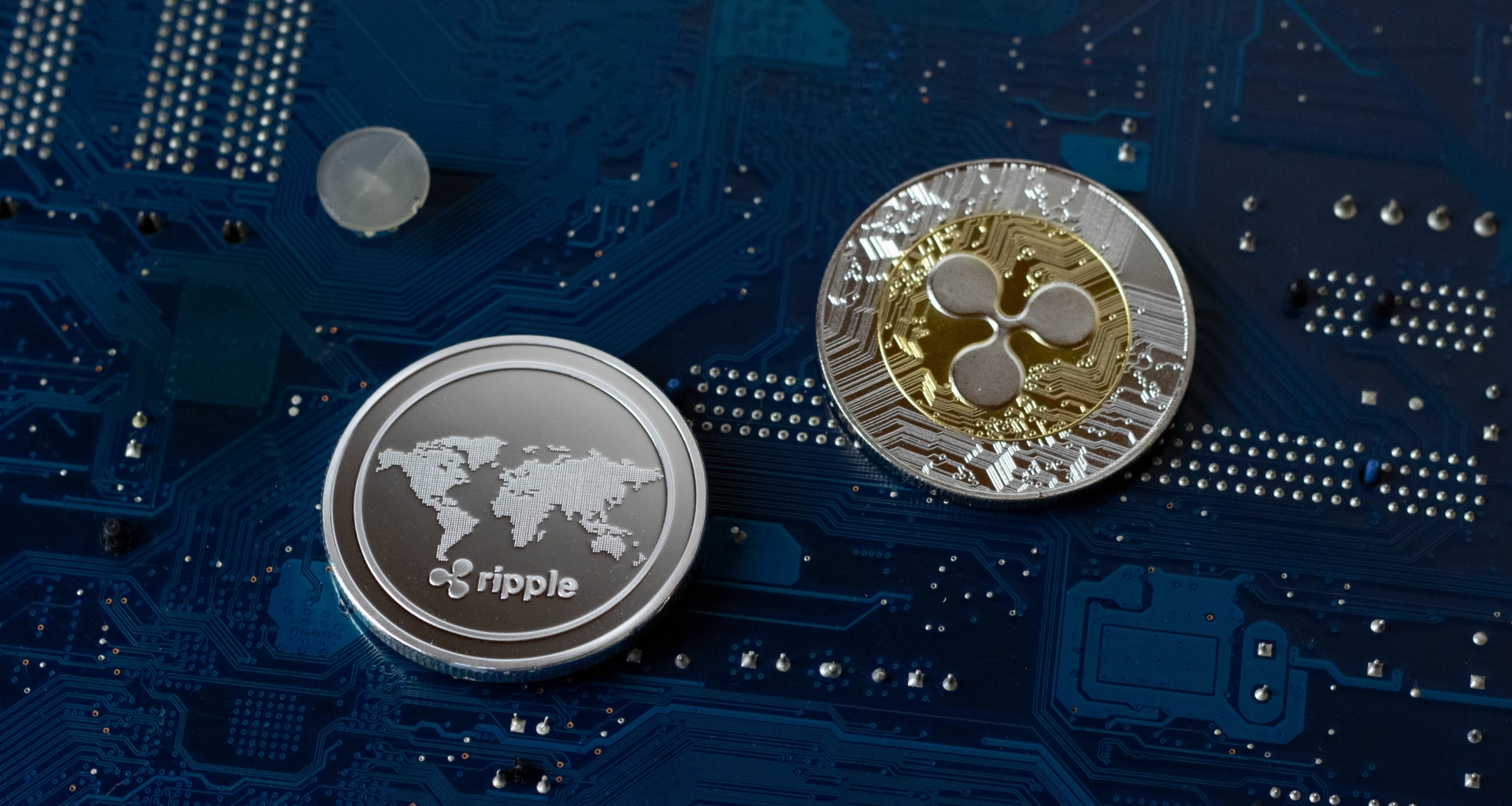 |
| Photo: Techcrunch.com |
Ripple is a real-time gross settlement system (RTGS) developed by the Ripple company. It is also referred to as the Ripple Transaction Protocol (RTXP) or Ripple protocol. It can trace its roots to 2004 when a web developer called Ryan Fugger had the idea to create a monetary system that was decentralised and could effectively allow individuals to create their own money.
RipplePay.com was launched in 2005 to provide a secure payment system for members of an online community via a global network. Jed McCaleb began developing a digital currency system in 2011 in which transactions were verified by consensus among members of the network, rather than by the mining process used by Bitcoin which relies on blockchain ledgers. This new version of the Ripple system was designed to eliminate Bitcoin’s centralised exchanges, use less electricity than Bitcoin, and perform transactions much more quickly.
Ripple was launched in 2012 to facilitate secure, instant global transactions supporting tokens representing fiat currency, cryptocurrency or any unit of value.
Pros of Ripple
- An international money transfer takes about a week. On the other hand, Ripple can make it happen within seconds. Also, the fees are considerably lower when compared to what is charged by financial institutions and other cryptocurrencies.
- Ripple has a very clear use case — international payments. The team is able to deliver the best solutions targeted at one particular industry.
- Ripple is among the few cryptocurrency platforms which are being tested out in the real world. Ripple has strategic ties with many major financial institutions and is currently being used by American Express and Santander.
Cons of Ripple
- Since the company itself owns half of the coins, it is often criticized for being centralized whereas decentralization is the core idea behind cryptocurrencies.
- Banks and financial institutions, which are Ripple’s biggest users, have started developing their own cryptocurrencies for international payments.
4. Bitcoin Cash (BCH)
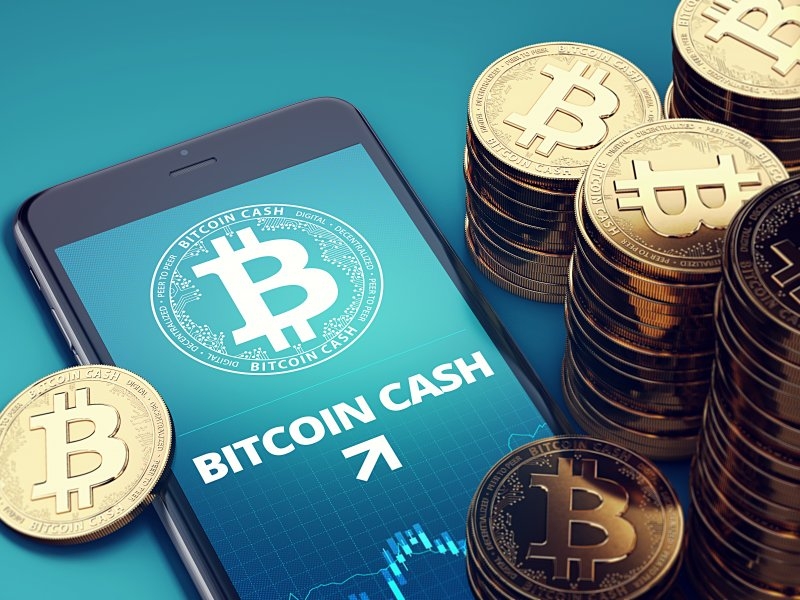 |
| Photo: Capital.com |
As the name suggests, Bitcoin Cash has been forked from Bitcoin itself in 2016. When the developer community of Bitcoin could not come to an agreement regarding the changes required in Bitcoin’s code, it was forked into BCH and it currently ranks in the middle among the top 10 cryptocurrencies.
The purpose of creating BCH was to solve some of the existing problems of Bitcoin, especially regarding scalability and transaction fees, Bitdegree sited.
Pros of Bitcoin Cash
- Bitcoin Cash transactions are faster than Bitcoin transactions because of the increase in block size to 8MB as compared to the 1MB of Bitcoin.
- Average Bitcoin transaction fees are currently around $1.8 which has gone down to $0.067 in the case of Bitcoin Cash.
Cons of Bitcoin Cash
- Bitcoin Cash, like Bitcoin, is expected to be completely decentralized.
- BCH mining is as expensive as Bitcoin mining but gives lesser returns, so it is not a favorite among the miners.
- Bitcoin Cash is not as easily available on cryptocurrency exchanges as the other top 10 cryptocurrencies.
*Also Read: Cryptocurrency Daily Prices: Cryto Price Index, Price Charts, Crypto News, Cryto Predictions
5. EOS
 |
| Photo: Coindesk.com |
The EOS.IO platform was developed by private company block.one and released as open-source software on June 2nd 2018. One billion tokens were distributed on the Ethereum blockchain by block.one. EOS is based on a white paper published in 2017.
EOS has been created by Dan Larimer who is also the founder of the cryptocurrency exchange Bitshares and blockchain-based blogging site Steemit.
EOS is building a platform for developers to build decentralized applications and smart contracts, but with a vast improvement in technology.
Pros of EOS
- EOS is supposed to be much more scalable than Ethereum because it uses an advanced mechanism (Delegated Proof-of-Stake + Byzantine Fault Tolerance) to verify transactions. It is allegedly capable of achieving 10,000-100,000 transactions per second.
- Unlike some of the other top 10 cryptocurrencies, EOS supports multiple languages, including C++.
- EOS has a highly experienced team with a proven track record.
Cons of EOS
- The biggest issue is that the platform has still not been launched so no one knows for sure how good or bad it actually will be.
6. Cardano (ADA)
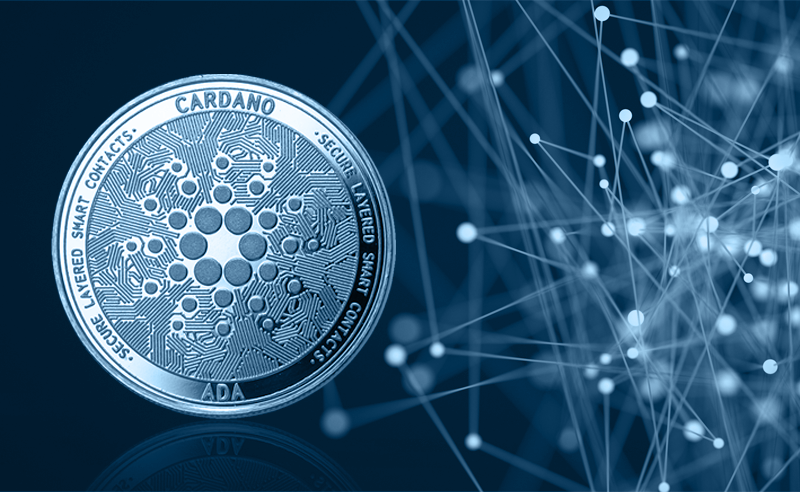 |
| Photo: Genesisblockhkcom |
Cardano allows for sending and receiving of digital funds. It’s more than just a cryptocurrency though, it’s also a platform for decentralized apps. It was built by a global team and has the goal of providing broad scale use of financial transactions (think VISA).
Cardano is currently ranked #6 by market cap. This shows great interest in the cryptocurrency. For investors, Cardano has a big mission but also lots of developers, which bode well for its future.
Pros of Cardano
- Cardano is supported by an academic community of global researchers and scientists contributing to its blockchain development.
- Cardano is much more scalable than Ethereum with a current capability of 257 transactions per second.
- Cardano intends to bring about Interoperability meaning that it can interact with different cryptocurrencies and their infrastructures in a seamless manner.
Cons of Cardano
- A lot of ideas that have been proposed by Cardano are yet to be developed into the final product. So, it remains to be seen whether they will be successfully achieved or not.
- There is already huge competition in this space, from Ethereum to EOS and NEO to Fusion.
7. Litecoin (LTC)
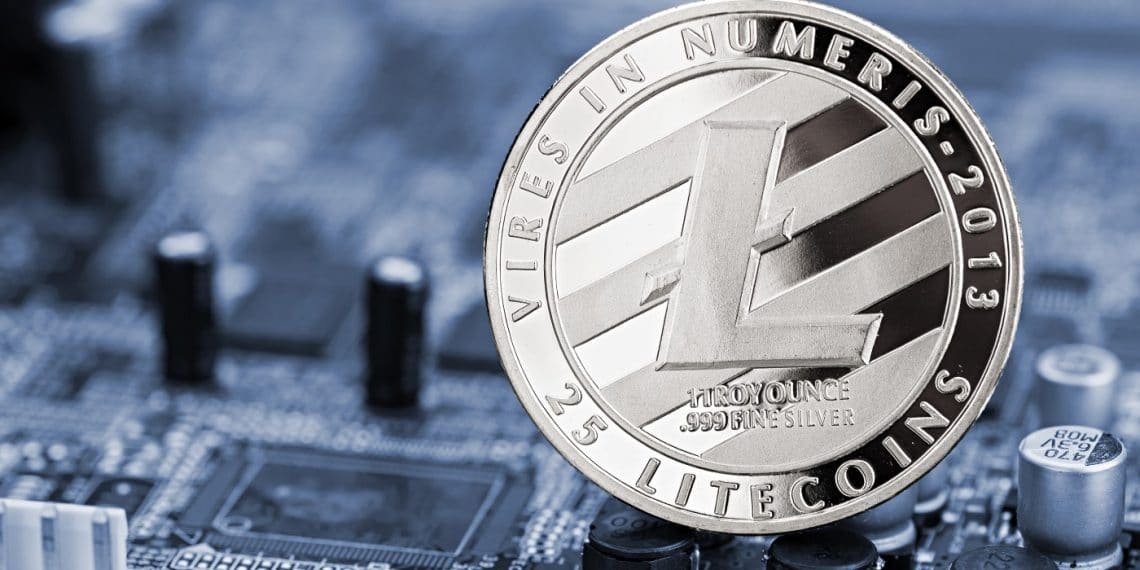 |
| Photo: Vietnam-ustrade.org |
Litecoin has similarities in its infrastructure to bitcoin. Litecoin’s transaction fees are far less, at around $0.35 per trantraction. Just like Ethereum, Litecoin also has higher TPS than bitcoin.
Litecoin has an $81 million cap on coins that can be mined. This means Litecoin could potentially see steady increases in price, depending on future demand. Litecoin is currently ranked at #5 by marketcap so it isn’t a slouch by any means, according to Thecollegeinvestor.
Pros of Litecoin
- Litecoin transactions take around 2.5 minutes while it takes 10 minutes to complete a Bitcoin transaction. This is the reason that it is called the “Lite” coin.
- Average Litecoin transaction fees are around $0.179 against $1.8 of Bitcoin.
Cons of Litecoin
- Except for transaction speed, there is no other offering from Litecoin which can significantly differentiate it from others. It is facing stiff competition from coins that offer privacy, smart contracts, and international payments, etc.
- Like Bitcoin mining, Litecoin mining is also expensive and restricted to those with specialized powerful hardware.
8. Stellar (XLM)
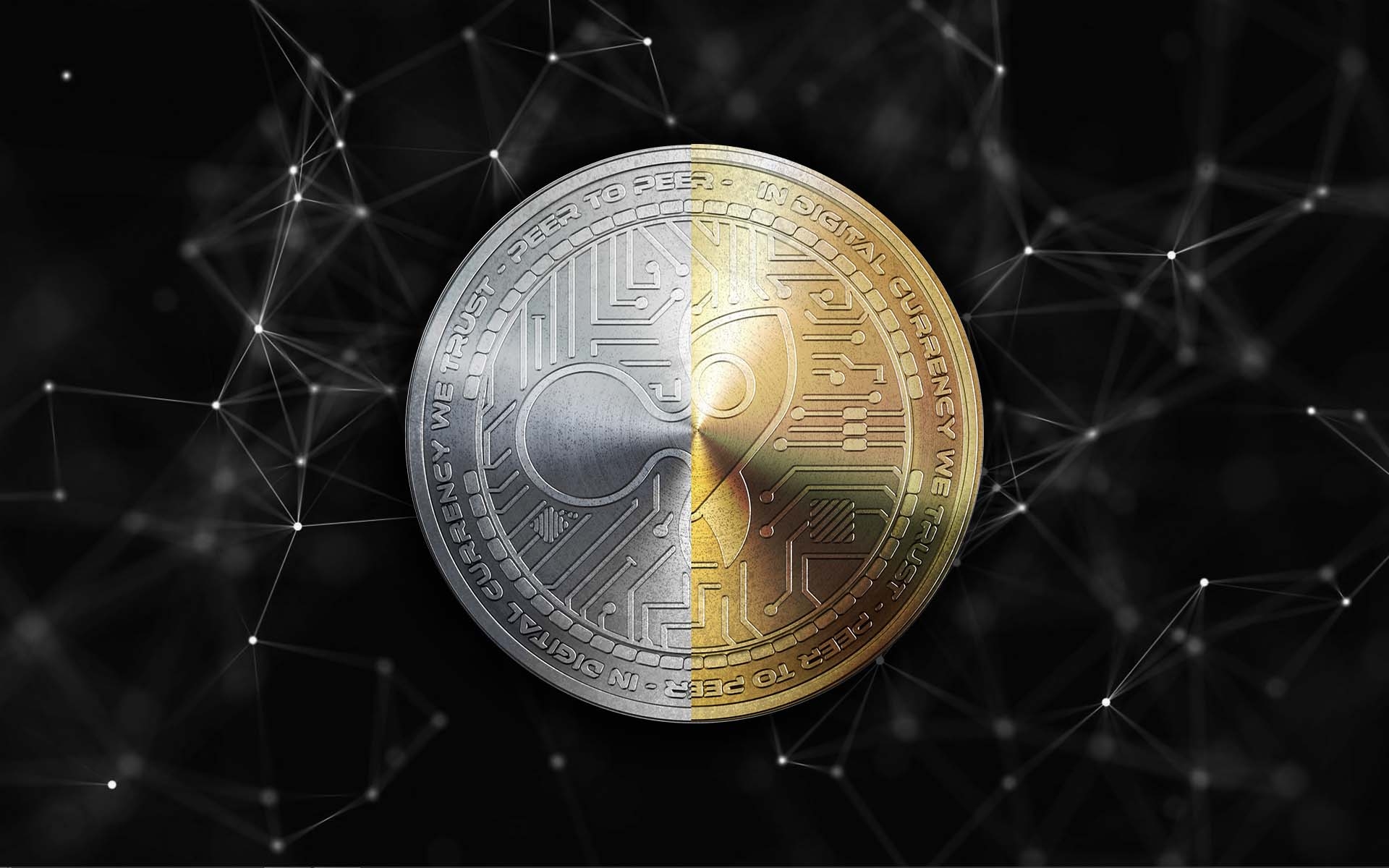 |
| Photo: Bitcoinist.com |
Stellar was founded in 2014 by Jed McCaleb who is also the founder of Ripple. In fact, Ripple was hard forked into Stellar and the Stellar Development Foundation was born. Like Ripple, Stellar is also focused on making cross-border payments more efficient.
One thing that stands out for Stellar as compared to all the other popular cryptocurrencies is that the Stellar Development Foundation is a non-profit organization. As you can see in the picture below, its mission is also in line with that.
Pros of Stellar
- Stellar is more decentralized as compared to its closest competitor, Ripple. Also, being a non-profit, it inspires more trust than others.
- Stellar has secured strategic partnerships with over 30 banks and with organizations like Deloitte and IBM.
Cons of Stellar
- There are many coins that are targeting this space of international payments, including the number 3 on our list of Top 10 cryptocurrencies — Ripple.
9. IOTA
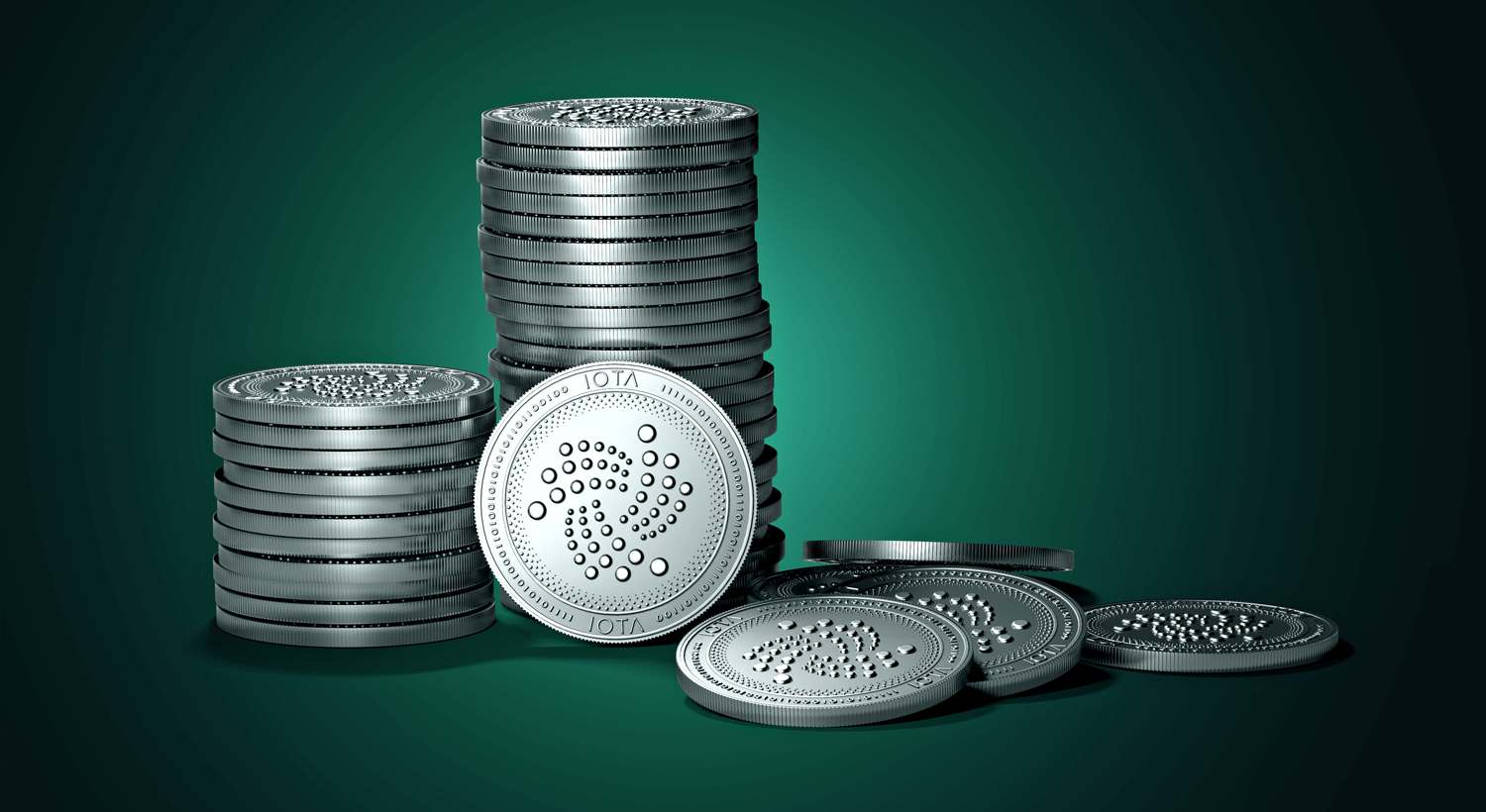 |
| Photo: Factschronicle.com |
Founded in 2015, IOTA is the most unique coin among other similar crypto's. It is the only one to use a new protocol invention called ‘Tangle’ rather than blockchain technology.
You have probably heard of the Internet-of-Things (IoT), a technology that enables communication between various objects with sensors, via the internet. IOTA is focussed on making this technology more secure, seamless and scalable, Bitdegree noted.
Pros of IOTA
- The biggest advantage that IOTA offers over all other cryptocurrencies is zero transaction fees.
- When all other cryptocurrencies are struggling with scalability issues, IOTA’s technology promises infinite scalability.
Cons of IOTA
- IOTA is betting on the success of another industry — Internet-of-Things, making it's future even more unpredictable than the other top 10 cryptocurrencies.
- MIT Media Lab had recently discovered a security problem with Tangle.
- If the big IoT players themselves develop their own cryptocurrency then IOTA could face stiff competition
10. NEO
 |
| Photo: Invezz.com |
NEO, a Chinese cryptocurrency, was created in 2014 by Da Hongfei. Did you know that it was originally called AntShares? In fact, it only got rebranded to NEO in June 2017!
NEO is often referred to as the “Chinese Ethereum” because of the similarities to its competitor among the top 10 cryptocurrencies Ethereum. It also offers a blockchain-based platform for the development of Smart contracts and launching ICOs.
Pros of NEO
- NEO can complete 10,000 transactions per second compared to the 15 transactions of Ethereum.
- While Ethereum supports only one programming language, NEO supports multiple languages like C++, C#, Go, Java, making it a favorite among programmers.
- It appears to enjoy the support of the Chinese government, which gives it a clear advantage in the massive Chinese and Asian markets.
Cons of NEO
- Since it is dependent on government support, it will be the worst hit if the Chinese government comes out with unfavorable policies.
- It is targeting the most competitive segment in which there is severe competition from other cryptocurrencies in the top 10 — Ethereum, Cardano, EOS.
* If you're interested in this field, click the links given below for more information:
 5 Dangerous Investment - Beware of these Investment in 2021 5 Dangerous Investment - Beware of these Investment in 2021 Many people want to increase their amount of money by investment. But not everyone can succeed in this field. People have to acknowledge potential risks ... |
 Prediction: Prices of Bitcoin, Cryptocurrency and Blockchain in 2021 Prediction: Prices of Bitcoin, Cryptocurrency and Blockchain in 2021 2020 is coming to an end in just a few days, so let’s take a look at some cryptocurrency and blockchain predictions for 2021. |
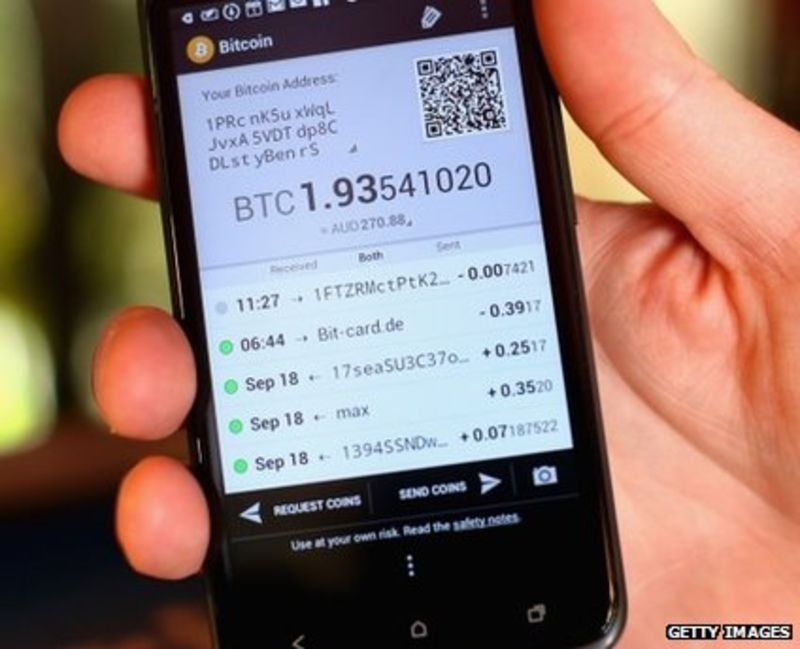 Bitcoin price forecast 2021: How much is Bitcoin worth? Bitcoin price forecast 2021: How much is Bitcoin worth? Bitcoin price forecast 2021: After a multi-year bear market, Bitcoin was again trading near its all-time high by December 2020. From the halving cycle to ... |


























